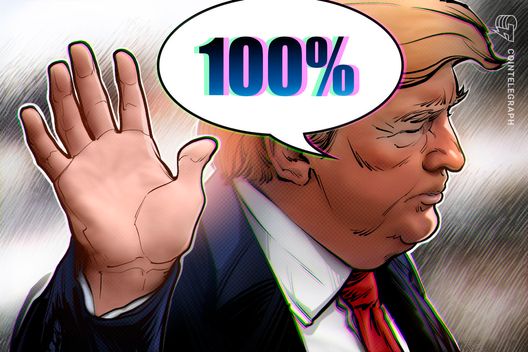Armenian cultural heritage sites get tokenized on Solana blockchain
2 min read

The project “Realm of Historia” recently
The project has a physical-digital aspect in the form of a QR code accompanying each NFT that can be scanned and redeemed in local cafes, museums and other sites in Armenia that have partnered with the project, they said.
“You’re not only helping the world and cultural preservation, but you’re a part of a community.”
This initiative aligns with a broader global trend recognizing blockchain’s potential in cultural heritage preservation. The decentralized and transparent nature of blockchain ensures a reliable record of historical assets, guaranteeing their unaltered accessibility for future generations.
In a similar project in Ukraine, a local art museum used blockchain digitization and NFTs to document and preserve art and cultural heritage during wartime.
More recently, The Sandbox Web3 metaverse platform collaborated with the British Museum to bring art and history to the metaverse in physical-digital experiences.
The team behind Realm of Historia also plans to build “The Atrium” or a “virtual museum hall” where users can enter a 3D lobby dedicated to cultural heritage and the sites represented by the project.
“You can say, the digital ark for cultural heritage. The Atrium is aimed to draw the attention of the younger generation.”
Last year, the island of Tuvalu, which is rapidly sinking into the sea, announced similar plans to build a digital version of itself to preserve its history as it faces erasure due to climate change.
The Realm of Historia founders said their goal is to eventually go beyond Armenia and build collections “everywhere we can all over the world.” They said they’re in talks about potential preservation projects in Malta, Italy, Cambodia and Georgia.
Magazine: Web3 Gamer: Games need bots? Illivium CEO admits ‘it’s tough,’ 42X upside





